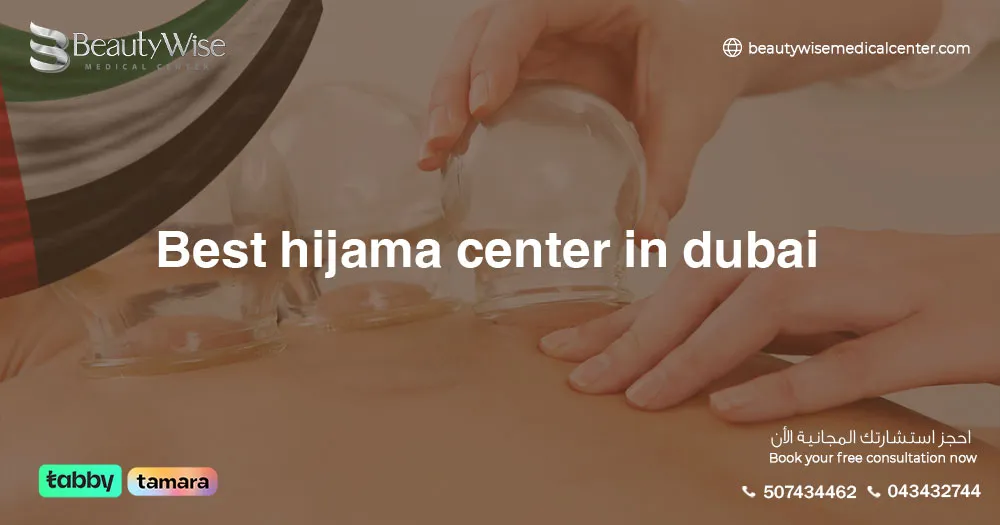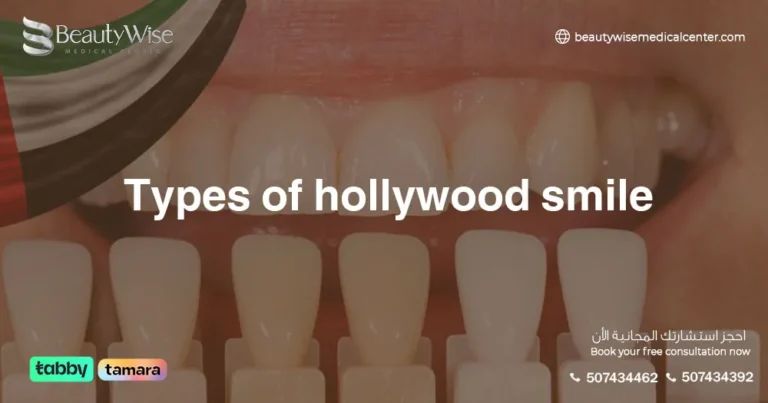Hijama, or cupping therapy is a technique used to reduce pain where the cups are applied to your arms, legs, back, stomach, and other parts of the body by healthcare providers. The skin is drawn upward by a suction force inside the cup and causes blood to move around the body to the intended areas, this helps with treating many conditions.
In this article, we’ll let you know what is hijama, how to differentiate between its different types, what are the advantages and disadvantages of this practice, and the best hijama center in Dubai.
Table of Contents
What is hijama
Hijama is a healing method that has been known for thousands of years. It is famous in many civilizations and has been used in many cultures. It’s known in the modern world with the name of cupping therapy.
It involves using empty cups and heating them to get rid of the oxygen then placing them on the skin, this creates suction which is used to improve the blood flow, reduce inflammation, and remove toxins from the body.
Usually, the healthcare provider uses three to five cups and a maximum of seven cups in rare cases. These cups are usually made of glass but they can be made of bamboo, ceramic, metal, or silicone. This procedure doesn’t cause pain, although it might cause skin tightness during the procedure and marks from the cups after the procedure.
History of hijama
Cupping therapy may be reintroduced to the modern world now, but it’s nothing new; it has roots in ancient Egyptian, Chinese, and Middle Eastern cultures. It was found in the Ebers Papyrus from 1550 B.C. which is the oldest medical book in history. In this book, it showed that ancient Egyptians used cupping therapy to treat a variety of conditions, including fever, discomfort, vertigo, and menstruation issues.
Ancient Greeks used cupping for nearly everything after the ancient Egyptians introduced it to them, Chinese people used acupuncture which is very close to cupping. In the Islamic world, the prophet Muhammed recommended the use of cupping therapy and this is where the word Hijama came from.
Back then, hollow animal horns were used to cure boils and extract snake venom, then glass cups eventually took the role of horns, followed by bamboo.
It was used widely in Europe and America until the 1800s when it became superstitious and people turned to other treatments, the cupping therapy was practiced by a few until it spread again after the swimmer Michael Phelps was seen with purplish circles on his body from a cupping session during the 2016 Olympics.
Who performs hijama
Many healthcare providers use hijama in their practice to treat several conditions, such as:
- Massage therapists.
- Acupuncturists.
- Physical therapists.
- Chiropractors.
- Occupational Therapists.
- Medical doctors.
All of these healthcare providers need to receive training in order to perform cupping. Cupping therapy is most commonly performed by massage therapists or acupuncturists, and they often have a license to be able to perform this practice.
Many places don’t require a certificate to do cupping sessions but to provide any treatments, they often need to hold a license as an acupuncturist or massage therapist.
Types of hijama
There are many types of hijama when it comes to how it’s performed. These types are determined based on the provider doing the sessions. These types are divided into:
- Dry hijama: This type includes using vacuumed cups on the skin which pulls the skin into the cups to move blood to and from the area you need.
- Wet hijama: It’s the same method as dry hijama, but the provider makes small cuts in the skin before applying the cups to remove toxins from the blood.
- Running hijama: This method includes the provider moving the cups on the skin in a massage-like manner.
- Flash hijama: The provider puts the cups on the skin to create suction and removes them fast over and over.
Advantages and disadvantages of hijama
People who have done hijama sessions say that it helps with reducing inflammation in the body, removing toxins, boosting the immune system, improving blood flow, and easing pain.
It’s also used to treat many conditions such as tight muscles which is why it’s used by massage therapists.
On the other hand, you might experience some soreness in the muscles after the session and you might have circular red marks where the cups were placed on the skin.
This procedure is considered a safe one as complications and side effects are rare after the session.
Best hijama center in Dubai
If you are a resident of Dubai or even a tourist and you would like to have a hijama session, you can do it at the best hijama center in Dubai which is Beauty Wise Medical Center. We offer many options and we can provide you with excellent service.
Hijama price in Dubai
Hijama’s price in Dubai may change based on the clinic you choose, and the type of health provider who will be doing the session whether it’s a massage therapist or a doctor, it’s different if they are licensed or not, all of this affects the price of the procedure. At Beauty Wise Medical Center, we offer hijama at the price of 150 dirhams per session.
Bottomline
Hijama is a medical practice that has existed in many cultures around the world for ages. In many cultures, it was believed to help treat a great many disorders. Now, people are using it in the same way under the hands of healthcare providers in safe and controlled medical centers. At Beauty Wise Medical Center, you will have the option to do a hijama session at the best hijama center in Dubai.
Frequently asked questions
Which areas are best for Hijama?
The most common place for hijama is the back, it’s done on many other body parts such as the chest, abdomen, and legs. The doctors will let you know which part body they’re going to apply it to.
What foods to avoid after hijama?
The precautions needed after hijama sessions depend on each case, some doctors would suggest avoiding caffeine, sugar, and meat and some others might not, so it depends on your case.
What to eat before hijama?
Hijama is usually done in the morning, so try to avoid heavy foods before the session such as fried food as some doctors would suggest.




